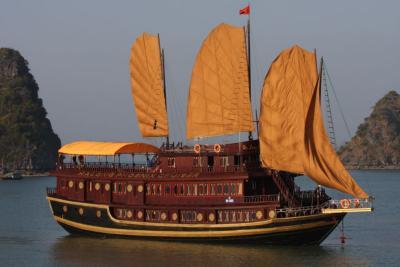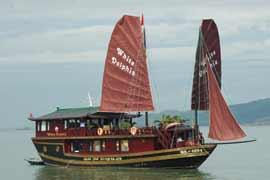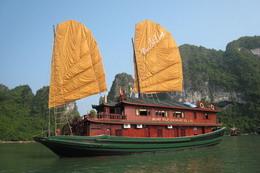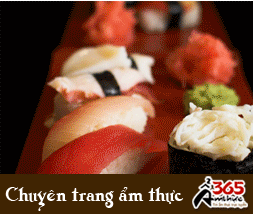Archaeology has community benefit
Published: 25/12/2010 05:00
| VietNamNet
Thai
“When
“We
“So,
“Tourists
According
Pham Van
Hung has
Lu became
“Archaeological
Lu came
Archaeologist
“We
Vietnamese
“We
Archaeologist
“With
Im Sokrithy
“In
Pham Sanh
According
UNESCO
UNESCO
“These
Source: |
Provide by Vietnam Travel
Archaeology has community benefit - Community - News | vietnam travel company
You can see more
- Mother's Day falls on this Sunday and Melbourne boasts a number of ways to treat your mum to a day of pampering
- Vietnam's Seas and Islands Week 2017 to be held in Ca Mau
- HCM City gets ready for Reunification Day celebrations
- Two concerts feature Vietnamese, Korean artists
- Bo hamlet's water-wheel - a unique structure in Lai Chau
- First Street Food Fest 2017 to be held in Hanoi
- HCM City launches The Earth Hour 2017
- Ministry still seeks for a new Tourism Ambassador
enews & updates
Sign up to receive breaking news as well as receive other site updates!
- Banh Đa Cua - a traditional Hai Phong specialty
- Exploring Lai Chau cuisine
- Hanoi ranked top 3 cuisine in the world in 2023
- Beautiful resorts for a weekend escape close to Hanoi
- Travel trends in 2023
- In the spring, Moc Chau is covered in plum blossoms.
- The Most Wonderful Destinations In Sapa
- Top 3 Special festivals in Vietnam during Tet holiday - 2023
- 5 tourist hotspots expected to see a spike in visitors during Lunar New Year 2023
- How To Make Kitchen Cleaned
-
vietnam travel
http://www.vietnamtourism.org.vn " Vietnam Tourism: Vietnam Travel Guide, Culture, Travel, Entertainment, Guide, News, and...
-
Vietnam culture, culture travel
http://travel.org.vn " Vietnam culture
-
Vietnam travel, vietnam travel news, vietnam in photos
http://www.nccorp.vn " Vietnam travel, vietnam travel news, vietnam in photos
-
Vietnam tourism
http://www.vietnamtourism.org.vn " The official online information on culture, travel, entertainment, and including facts, maps,...
-
Vietnam Travel and Tourism
http://www.vietnamtourism.org.vn/ " Vietnam Travel, Entertainment, People, Agents, Company, Vietnam Tourism information.
-
Information travel online
http://www.travellive.org "Information travel online












